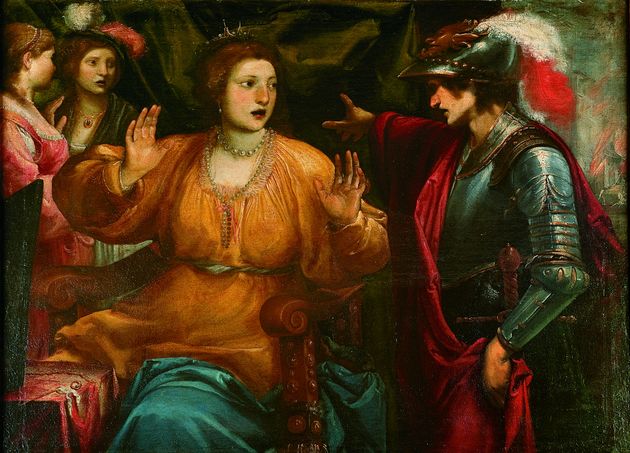The Mocking of Christ
Maestro del Lume di candela (attribuito) XVII sec. d.C./ prima metàAudio description of the artwork
This painting is attributed to the so-called Master of Candlelight, an anonymous painter stylistically linked to Gerrit von Honthorst. However, his artistic sensibility and personality are entirely distinct from those of the Utrecht painter. The name is derived from the dark atmosphere of his works, which are often illuminated by candles, lamps, and torches, creating a sense of deep meditation.






























